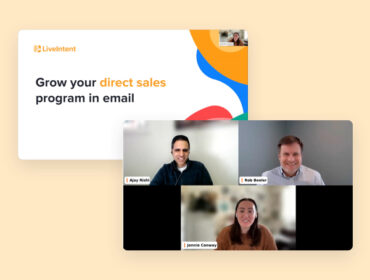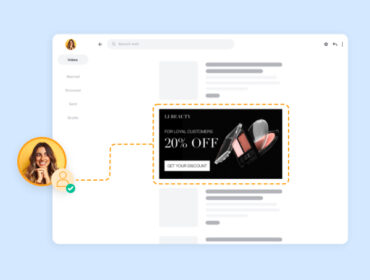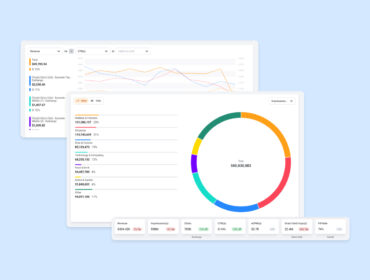How email engagement can shape your content strategy
COVID-19 has changed the behavior of nearly every consumer on the planet. It’s a singular event that is disorienting for everyone, including marketers and publishers who use email newsletters to strengthen relationships with audiences. What kind of content works best in these strange times and at what frequency?
Fortunately, customers send signals through their clicks and other actions that can help guide your decisions about email.
As Kerel Cooper, our SVP of global marketing, explained in a September eMarketer podcast, “You can actually start to rely much more on the engagements within newsletters to impact and inform your marketing and your content strategy moving forward.”
This idea of building content strategies from email engagement pops up frequently in conversations we have on our webinar series, Real Time Banter. Here are three takeaways on the topic from some of our favorite guests who have shifted tactics during the pandemic.
1. Let your customers guide your email cadence
Bombas began seeing lower revenue per delivery and lower engagement with its retention emails as people began worrying about accessing food and medicine in the early days of the pandemic.
“That suggested to us that customers were not, in aggregate, in a place where they really wanted to be engaging with us,” said Kate Huyett, CMO of Bombas. So the sock and apparel brand reduced the frequency of their messages. Instead of sending emails four or five days a week to many customers, it cut back to two.
One of those messages was what Bombas refers to as a “giving” email. It highlights the work of the company’s Giving Partners, which are organizations that help the community. That kind of email was garnering four times its typical engagement, and the company began sending the social-minded emails once a week instead of once a month.
“We let the data lead us,” Huyett said, adding that Bombas has slowly begun sending more promotional emails again as customer behavior has improved and revenue per delivery has increased.
2. Experiment after a decline in engagement
Josh Jaffe, general manager of Horoscope.com, told us that as the lockdowns started in mid-March, his company saw a “noticeable” drop in the number of opens in its newsletters.
Horoscope.com pivoted by launching two products: a quarantine horoscope (What will your home-bound day be like?) and a streaming horoscope (Which shows should you watch this week?). “We really created new content based around what’s relevant to people,” Josh said.
He said he loves that email can be used as a petri dish for experimentation. “If you’re a publisher thinking about exploring an adjacent topic, you don’t need to go through the process of setting up a new website or spending a lot of downtime,” Josh said. “All you need is a writer or some source of content and to promote that to your existing users and send it out via an email newsletter.”
3. Build on the success of content
Back in March, Morning Brew created a work-from-home guide to help readers navigate the world during COVID-19.
“The success of that one piece of content that just kept growing and growing and growing is what gave us that insight to actually launch The Essentials as a pop-up,” said Jason Schulweis, head of brand partnerships at Morning Brew. The Essentials now has more than 100,000 subscribers.
As you can see, paying attention to how readers engage with content during the pandemic can be illuminating. It’s like you have a large-scale focus group of your best possible customers.
While the coronavirus will exit our lives one day (please, please, please), the lessons you learn during its unsolicited stay can be applicable for many years to come.


